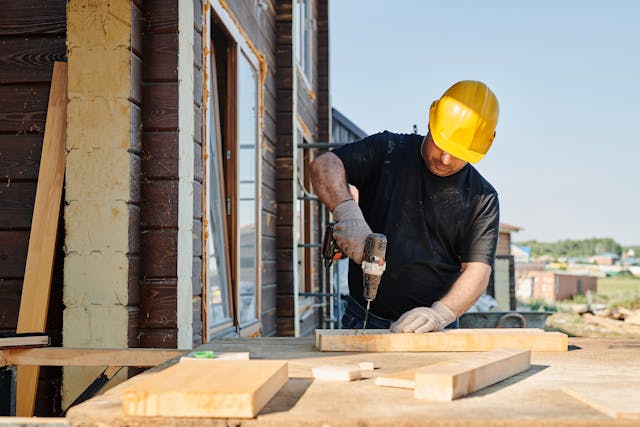
California’s housing affordability crisis continues to deepen as the state faces some of the highest home prices and lowest construction output in the country — earning a failing grade on Realtor.com®’s State-by-State Housing Report Card. The score highlights long-standing challenges that even recent policy reforms have yet to meaningfully reverse.
.jpg)
The report, part of the Let America Build initiative, evaluates how well each state balances affordability and construction activity. California’s F rating reflects both high pricing pressures and persistent underbuilding.
Wildfires have worsened construction delays and displaced thousands, but the issues date back decades — restrictive zoning, slow approvals, high development costs, and limited land supply have choked growth across major metros.
Meanwhile, national housing policy has entered the political spotlight. President Donald Trump used his Truth Social platform this fall to demand a building boom nationwide, directly pressuring the nation’s largest homebuilders:
“They’re my friends ... but now, they can get Financing, and they have to start building Homes. They’re sitting on 2 Million empty lots, A RECORD,” Trump wrote, urging federal mortgage giants to push action from builders and “restore the American Dream.”
California scored 19.5 points, ranking near the bottom of all states. According to Realtor.com:
MetricCalifornia ScoreProblemMedian Listing Price$756,185Among the highest in the nationMedian Income$92,605Far below what's needed to afford a homeAffordability Score0.43Limited options for average earnersPermit-to-Population Ratio0.58Building far too few homes
Despite representing nearly 12% of the U.S. population, California issued less than 7% of new housing permits.
In many parts of the U.S., new construction is helping stabilize pricing — especially in lower-cost Southern and Midwestern states with fewer zoning barriers and lower land costs.
“America is short more than 4.7 million homes, and every new home built helps close that gap while fueling local economies,” said Shannon McGahn, executive vice president and chief advocacy officer at the National Association of Realtors®.
She added that new housing growth supports jobs and “affords families the opportunity to build generational wealth.”
Nationwide, newly built homes now sit at a record-low price premium of just 7.8% over existing houses, providing buyers with more attainable options. In California, however, cost-of-living challenges sharply reduce new home demand despite price cuts.

Determined to shift the narrative, Governor Gavin Newsom made major housing reform a priority in 2025.
His administration enacted Assembly Bill 130 and Senate Bill 131, easing environmental review mandates under the California Environmental Quality Act (CEQA) — one of the biggest hurdles to new housing.
Projects that fit infill zoning rules can now bypass full CEQA analysis, reducing delays that often stalled developments for years.
“There’s no question—Californians are ready for us to build housing and infrastructure now,” Newsom said. “With this new authority and broad public support, we have real momentum to continue accelerating progress and deliver the results our communities deserve”.
The reforms steer developers toward affordable, transit-accessible, and sustainable communities — key elements in the state’s long-term growth strategy.
The National Association of Home Builders is pushing a similar national agenda — streamlined approvals, better financing pathways, and reduced regulatory burdens — to “remove barriers that hinder the construction of new homes and apartments”.
California still faces a shortage of 3.5 million homes, one of the largest deficits in the country.
The failing score is a stark reminder: regulatory improvements alone won’t immediately fix decades of structural imbalance — but they may finally unlock long-stalled development and help stabilize home prices over time.
If supply expansion gains traction over the next several years, California could begin moving toward a future where affordability is more than an aspiration.
Originally reported by The Realtor.com Team in The Realtor.